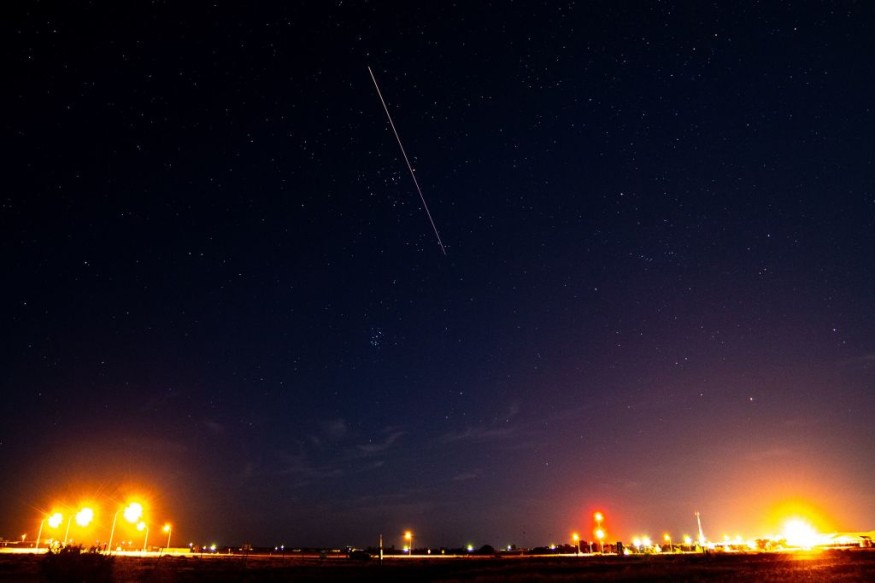A massive asteroid called Asteroid 7335 (1989 JA) is set to make a close approach to Earth next week, according to the National Aeronautics and Space Administration (NASA).
The US space agency projects the space rock, with a length and diameter of 3,400 feet (1,036 meters), will pass Earth on Friday, May 27.
The colossal space object is reportedly the closest asteroid flyby to date and for the next 200 years.
The approaching asteroid has been compared to the asteroid that entered Earth's atmosphere and struck Russia almost a decade ago.
Asteroid Earth Approach

Asteroid 7335 (1989 JA) is currently on the next five asteroid approaches webpage of NASA's Jet Propulsion Laboratory (JPL), along with other space rocks such as 70-ft. Asteroid 2022 JQ1, 190-ft.
Asteroid 2022 HD1, 120-ft. 2022 JU1, 100-ft. 2022 KA; with the last three asteroids set to pass Earth by Saturday, May 28.
Despite the number of rocks heading towards Earth, asteroid 7335 stood out not only because of its size and distance but also due to its classification as an Apollo-type category and a "potentially hazardous" space rock classification by NASA.
Furthermore, 7335 will be approximately 10 times farther than the moon when it makes it a safe asteroid flyby on Earth, with an estimated distance of 2.5 million miles (4 million kilometers) from our planet.
However, in terms of space dictionary and measure, the passage is dangerously close.
Amongst the other mentioned space objects, there will be no asteroid hitting Earth in the short-term period.
Also Read : Asteroid Impact: NASA Estimates Space Rock the Size of the Great Pyramid May Hit Earth on May 6
2013 Russian Asteroid Strike
Asteroid 7335 is somehow similar to the Chelyabinsk asteroid which hit Russia in 2013, shattering windows of houses and establishments across six cities, according to the site EarthSky.org based in the United States.
In February 2013, the 19-m. wide Chelyabinsk meteor entered Earth over the southern Ural region of Russia.
The meteor impact was intense it damaged thousands of buildings and resulted in infrastructural damage worth millions of US dollars.
The meteor impact injured more than 1,000 people and is equivalent to 500,000 tons of TNT, generating a shockwave circumnavigating the Earth twice, according to the BBC.
In addition, the meteor strike highlights the alleged underestimation by space authorities responsible for monitoring and projecting any potential asteroids hitting Earth.
This means any approaching space rocks must all be considered a potential threat.
A New Approach
After the February 2013 Chelyabinsk asteroid impact, a study was published in the journal Nature in November 2013 regarding a paradigm shift toward our understanding of small yet catastrophic space objects.
Researchers in the study said any asteroids or meteoroids, even the relatively small ones, which turn into a fireball or meteor upon entering the atmosphere can do potentially greater damage than previously thought.
The study's findings from the airburst of the Chelyabinsk meteor and other known Earth impactors contain sufficient energy like "nuclear-weapon-sized detonations," which is comparatively higher than conventional measurements.
In addition, the study's authors also found space rocks similar to the size of the Chelyabinsk asteroid hurtling into Earth are increasing in unprecedented frequency, as cited by the BBC.
In case of a potential asteroid impact, NASA is currently engaged in the Double Asteroid Redirection Test (DART) program, dedicated to exploring the potential capability of asteroid deflection through kinetic impact.
© 2025 NatureWorldNews.com All rights reserved. Do not reproduce without permission.





